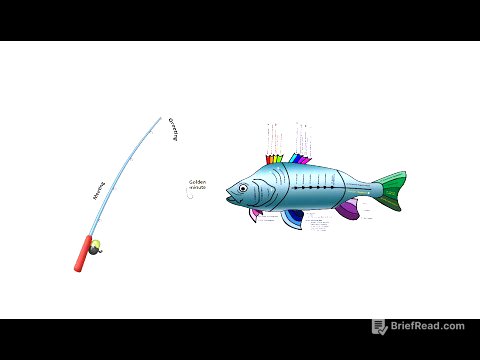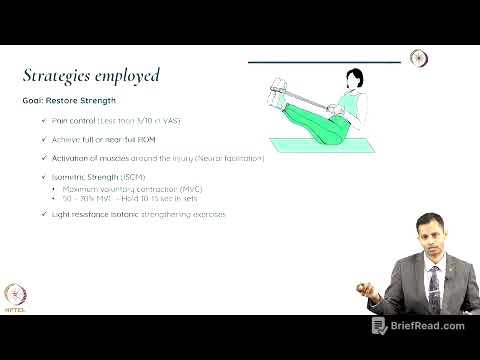TLDR;
This podcast episode explores the concept of identity crises and provides practical steps for discovering one's true self. It covers the definition, signs, and causes of identity crises, along with a four-step method for self-discovery: values clarification, strengths identification, personality exploration, and life vision creation. The hosts emphasize that understanding oneself is a continuous journey and offer exercises to help listeners reconnect with their values, strengths, and authentic selves.
- Identity crises can occur at any age, not just during adolescence.
- Recognizing the signs of an identity crisis is the first step to getting back on track.
- Social pressures, lack of connection with core values, and major life transitions can trigger identity crises.
- A four-step method involving values clarification, strengths identification, personality exploration, and life vision creation can help individuals discover their true selves.
Introduction [0:09]
Gwen and Leo introduce the topic of feeling stuck and unable to explain why, which often stems from a lack of self-awareness. The episode aims to guide listeners in finding their true selves, suggesting that feeling lost may indicate a need for self-discovery.
Understanding Identity Crisis [1:09]
Gwen defines an identity crisis as a struggle to understand who you are, what you believe in, and what you want out of life. While commonly associated with adolescence, a 2017 study in the Journal of Adolescence found that about 67% of young people experience a significant phase of identity exploration. Psychologist Eric Ericson suggests that identity crises can occur multiple times throughout life due to events like career changes, breakups, parenthood, or retirement.
Signs of an Identity Crisis [2:43]
Leo and Gwen discuss the signs of an identity crisis, which include struggling to make decisions, feeling like you're pretending to be someone else, constantly changing goals and hobbies, and feeling lost with no clear direction in life. These signs indicate a disconnect from one's true self, making it difficult to make choices and move forward. Recognizing these signs is the first step toward self-discovery.
Causes of an Identity Crisis [4:30]
The discussion shifts to the common causes of identity crises, including social pressure, disconnect from core values, major life transitions, and limited life experience. Social pressure can cause individuals to lose touch with their values, while life changes can disrupt routines and identities. Even actors, like Jim Carrey, can experience identity crises when immersed in different roles.
Four-Step Method: Values Clarification [6:56]
Gwen introduces a four-step method to help listeners discover their true selves. The first step, values clarification, involves identifying what matters most to you. Exercises include a values card sort, where you sort values like freedom, creativity, and kindness by importance; peak experience analysis, where you write about moments of happiness or pride to identify underlying values; and an outrage inventory, where you list things that anger you to reveal violated values.
Four-Step Method: Strengths Identification [9:24]
The second step is strengths identification, which involves discovering your natural talents and what energizes you. Activities include reflected best self, where you ask people close to you to describe times they saw you at your best, and flow state analysis, where you list activities that make you lose track of time to reveal where your energy flows naturally.
Four-Step Method: Personality Exploration [10:43]
Step three focuses on personality exploration, understanding how you really are in the world, not how people expect you to be. Exercises include roles examination, where you list your roles (son, friend, employee) and rate how authentic you feel in each, and trusted versus adapted self, where you contrast your completely authentic self with the self you present to fit in or please others.
Four-Step Method: Life Vision Creation [12:06]
The final step is life vision creation, where you imagine where you want to go. Activities include future self-visualization, where you picture your ideal life in 5 to 10 years, and Ikigai mapping, a Japanese concept involving four circles: what you love, what you're good at, what the world needs, and what you can be paid for. The overlap of these circles reveals your purpose or "sweet spot."
Vocabulary Breakdown [13:47]
Gwen and Leo review key vocabulary from the episode, including identity (your true self), values (what matters to you), authentic (being real), mask (a fake version of yourself), and transition (a big change). They provide examples to illustrate each term.
Quiz and Conclusion [15:31]
Gwen quizzes Leo on the content of the episode to reinforce the concepts discussed. They conclude by emphasizing that discovering your identity is an ongoing journey and encourage listeners to use the exercises discussed to clarify their values and strengths. The most important relationship is the one you have with yourself.









